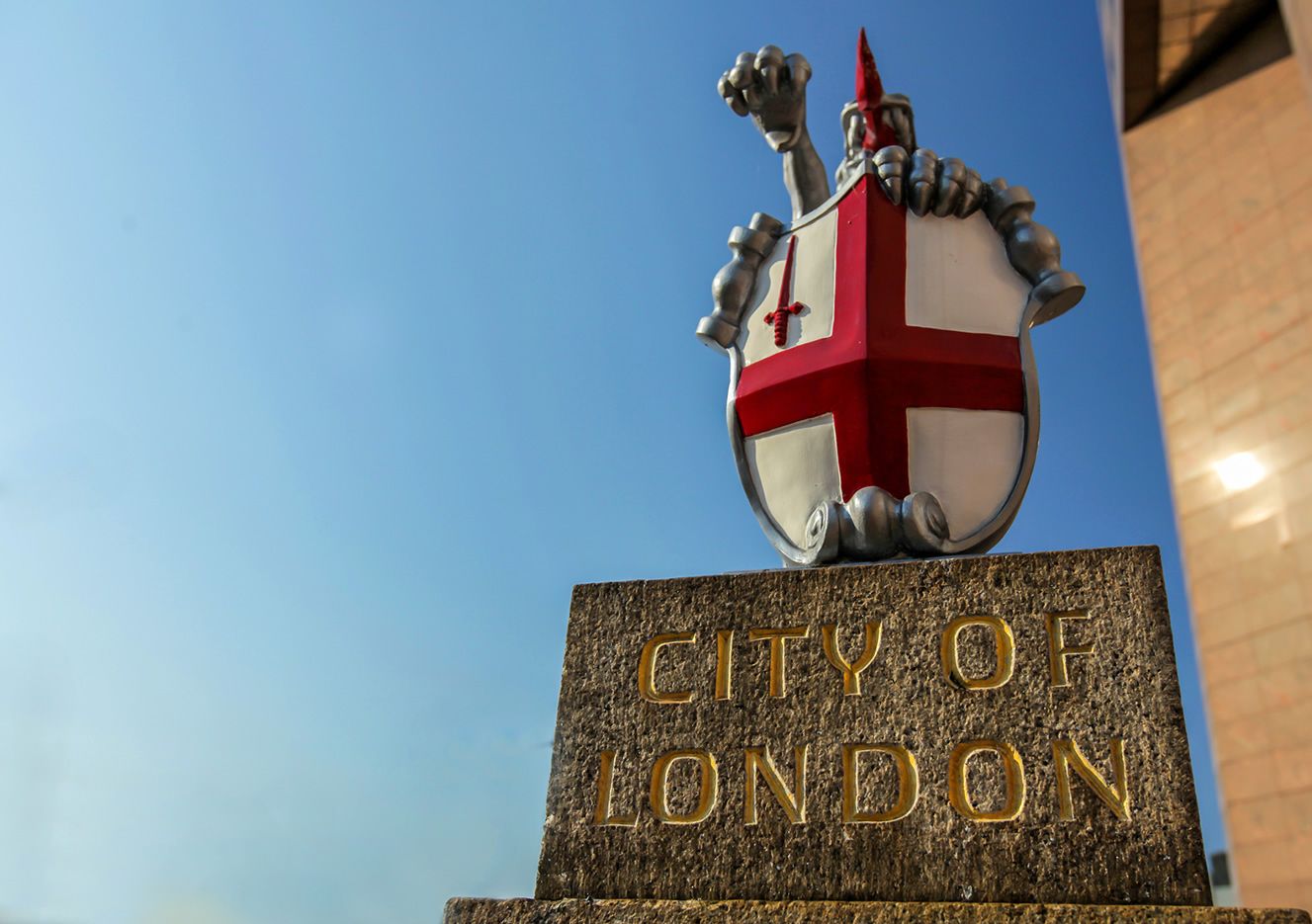Pound Sterling Recovery Underway
- Pound recovering recent losses, no trigger noted
- Technical and seasonal factors seen at play
- Brexit-related developments also being cited by some analysts as being Sterling-positive

Image © Adobe Stock.
Pound Sterling is at the time of writing the best-performing major currency on the day as it trades higher as markets set aside a bout of bad economic data.
There is know exact event-based trigger and price action gels with what we have been seeing throughout the course of April, which is typically a strong month for the UK currency.
Seasonality could therefore be one reason for the advance, while a number of the more bullish analysts we follow have been saying that the recent data-inspired sell-off in Sterling was an over-reaction.
They could well be right.
The Pound fell in the wake of a set of disappointing retail sales data, but the losses were quickly overturned in line with our expectations that markets were wrong to react in such negative fashion to data that can almost certainly be binned over the oversized impact of the cold weather experienced in March.
In short, it tells us nothing about the underlying economy while falling inflation and rising wages all point to a pick-up in activity over coming months.
Recent data appears to have ultimately failed to dent expectations for the Bank of England to raise interest rates in May, even if they have diminished expectations for a second rate rise in 2018.
"Sales for the quarter look soft overall and market conviction for a May BoE tightening has faltered somewhat this week. Investors still see the odds of a 25bps tightening at a firm 85%, however, and we think the GBP is likely to remain firm," says Shaun Osborne, a foreign exchange strategist with Scotiabank.
The Pound-to-Euro exchange rate is trading back above the 1.15 level at the time of writing - this forms the upper end of a multi-month sideways trading range for the exchange rate and could now actually form the basis of a solid layer of technical support for Sterling going forward.
Therefore, we might be finding some solid buying interest in this vicinity.
Technical analyst Karen Jones with Commerzbank says she continues to prefer to retain a positive bias on Sterling against the Euro and "will continue to target" 1.1728 which represents the 78.6% retracement of the Pound-Euro exchange rate's move lower in 2017.
The Pound-to-Dollar exchange rate retains a bid and is at 1.4239.
"The market is still pricing in an 81% rate chance of a hike which suggests that most traders believe that BoE is committed to at least starting the normalisation process. Cable fell to 1.4160 but quickly recovered and looks ready to retake the 1.4200 level as the long side bias dominates trade in the pair," says Boris Schlossberg, director with BK Asset Management.
"After a sharp two day rejection of new highs, prices are holding over the initial 1.4170 support region. While this holds, a move back through 1.4280/90 would suggest the underlying trend is intact and risks another foray into the medium-term 1.4350-1.4550 resistance zone," says Robin Wilkin, an analyst with Lloyds Bank Commercial Banking.
One factor that could also be worth noting is that Brexit headlines are being cited by some FX professionals as having taken a Sterling-friendly turn in the UK parliament over the past 24 hours.
The House of Lords voted by 348 to 225 in favour of a plan requiring ministers to report on steps to negotiate a continued customs union with the European Union, a move that is at odds with the government's desire to strike new trading relationships with non-EU members following Brexit.
It does however promise some continuity with the EU which is seen as being beneficial to businesses seeking certainty.
"The government defeat over the Customs Union following the House of Lords is not necessarily GBP negative in our view – in isolation it would not see a pick-up in UK political uncertainty that warrants a risk premium being priced into GBP (that would only occur if we also saw growing risks of a UK General Election or second Brexit referendum)" says analyst Viraj Patel with ING Bank.
"The market is likely to have received it positively as remaining in the customs union would constitute a smaller change to the status quo, so that the economic consequences of Brexit would also be more limited. Moreover it would also constitute a solution to the question of the Irish border, an issue on which the British government has so far failed to provide an alternative solution," says Thu Lan Nguyen, an analyst with Commerzbank.
The government does not now have to actively promote membership in the customs union in the negotiations with the EU but the pressure applied by those who favour a “soft” Brexit is likely to rise further as a result suggests Nguyen.
Advertisement
Get up to 5% more foreign exchange by using a specialist provider to get closer to the real market rate and avoid the gaping spreads charged by your bank when providing currency. Learn more here.



